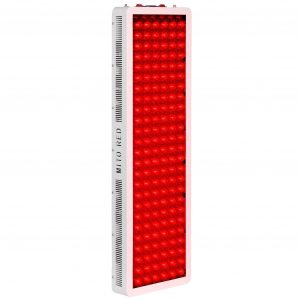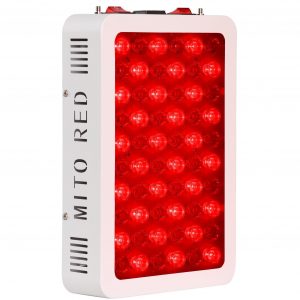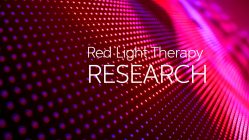Both sun exposure and serum vitamin D levels have been associated with lower risks of all-cause mortality and chronic age-related diseases, e.g., cancer, diabetes and cardiovascular disease, in epidemiological studies.
These associations have mainly been ascribed to beneficial effects of vitamin D. However, a vast body of randomized controlled trials (RCTs) and Mendelian randomization studies have failed to confirm any major health benefits from vitamin D supplementation.
In this review, we present tentative evidence showing that red and near-infrared light, both being present in sunlight, could explain the associations between sunlight exposure and better health status.
Body irradiation with red and near-infrared light, usually termed as photobiomodulation (PBM), has demonstrated beneficial effects in animal models of chronic diseases. Beyond this, preliminary evidence from RCTs suggest potential clinical benefit from PBM for chronic diseases.
PBM is currently being investigated in many pre-registered clinical trials, results of which will eventually clarify the role of red and near-infrared light in the prevention and treatment of common age-related chronic diseases.
SOURCE: US National Institute of Health’s National Library of Medicine
https://pubmed.ncbi.nlm.nih.gov/32464190/













